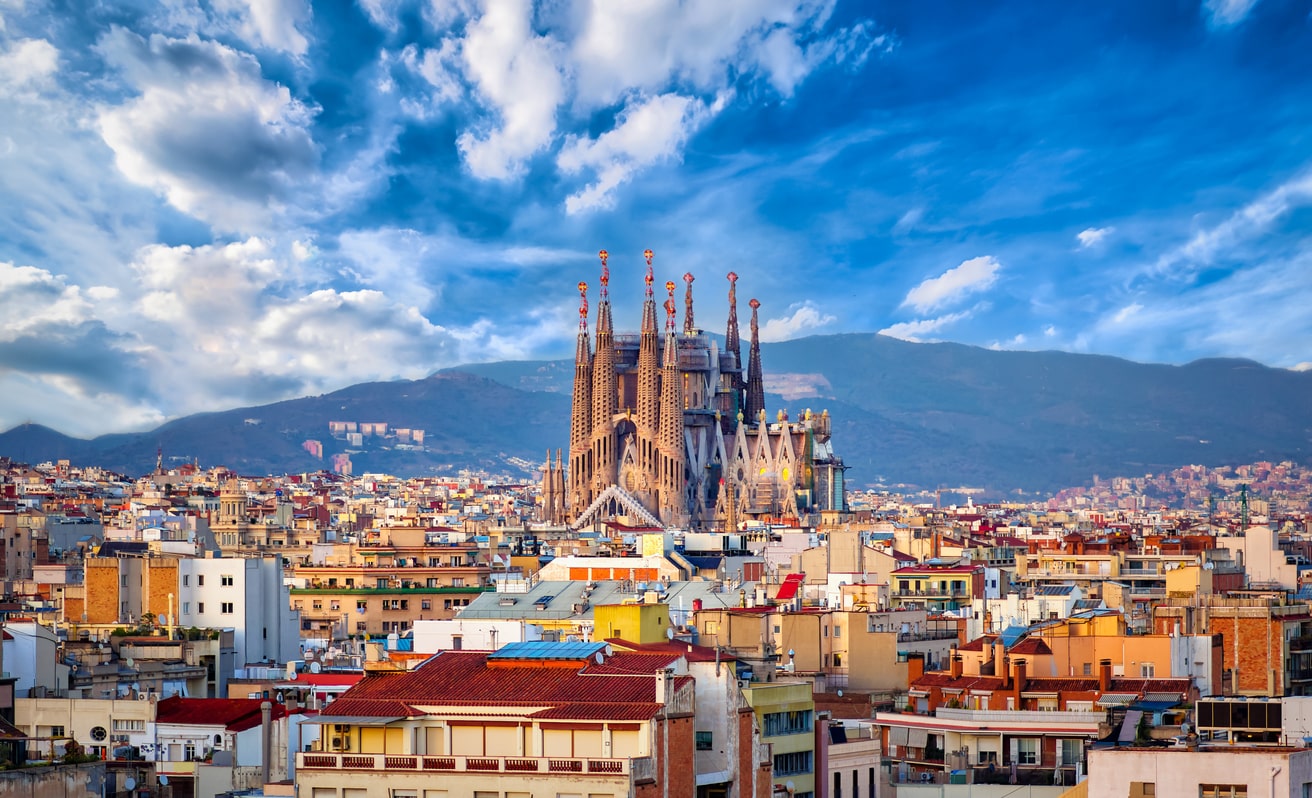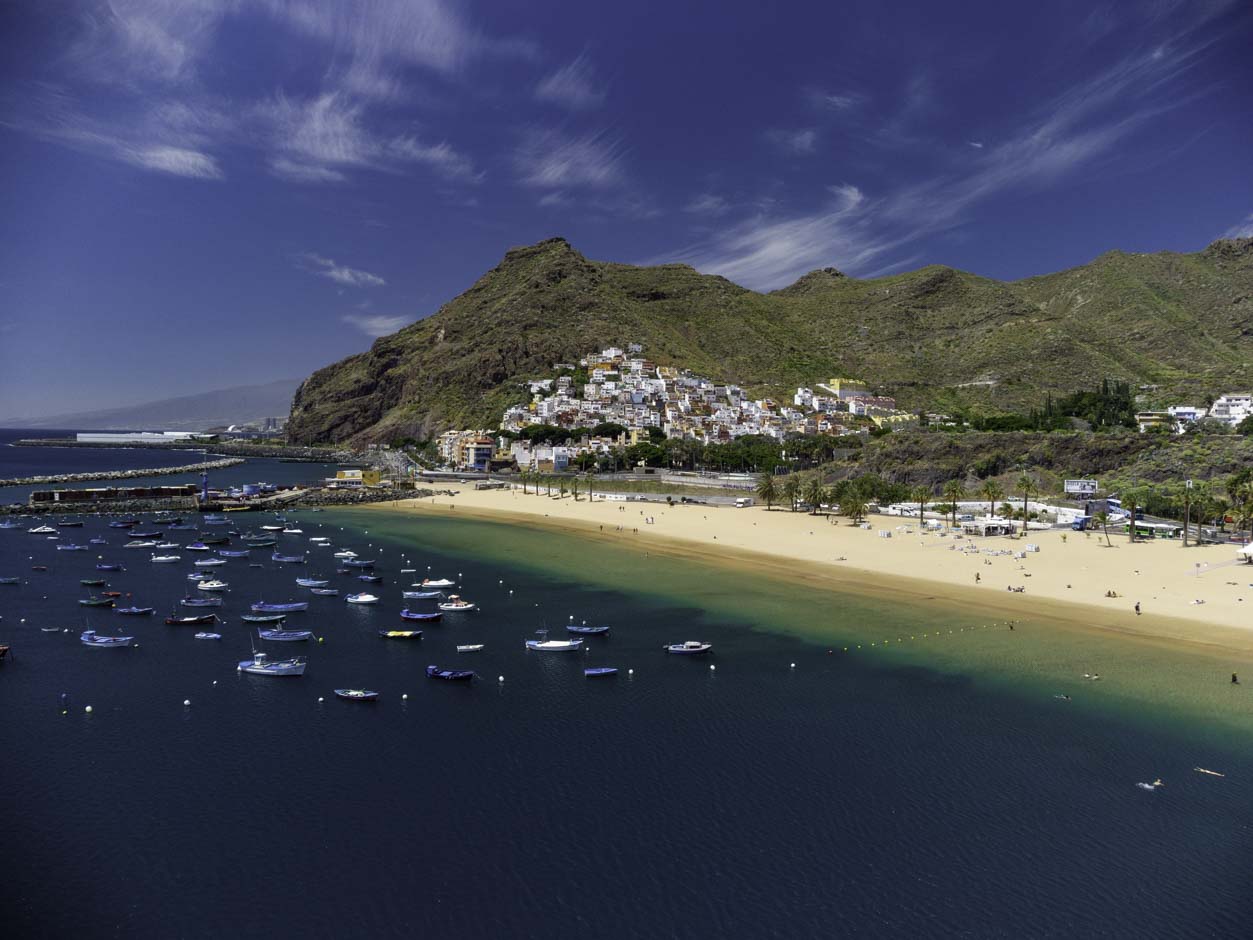Genoa deserves your full attention on a cruise port of call. It’s consistently rated one of Europe’s most underrated cities so here’s why you should explore the Italian city.
Genoa deserves your full attention on a cruise port of call. It’s consistently rated one of Europe’s most underrated cities so here’s why you should explore the Italian city.
Words by Sarah Rodrigues
Genoa cruise port has been a maritime force since the 11th century and has seen millions of tons of commercial goods pass through it in the intervening years.
In fact, the northwest Italian city – nicknamed ‘La Superba,’ (The Proud One) – is one of the largest port cities in the country.
It’s not only products and materials that come and go from these Ligurian waters: Genoa is also one of Italy’s busiest cruise ports, with over 1.3 million passengers disembarking here in 2019, and numbers now steadily edging back up to pre-pandemic levels.
The Italian port is equipped to handle a wide range of cruise ships, from small luxury vessels to large mega-cruisers. MSC Cruises, Royal Caribbean, Norwegian Cruise Line, Celebrity Cruises and Princess Cruises have all featured Genoa on select Mediterranean cruises.
Genoa cruise terminal is set to become even more significant, with the announcement that a new breakwater dam is being built, allowing even larger ships to enter Genoa port. This new dam, resting on a seabed at a depth of 50 metres, will also see the eastern and western entrances widened to 300 metres and 400 metres respectively.
Fortunately for the cruiser, many of Genoa’s key sites are located immediately around the port area (plus the airport is only a 15-minute taxi ride away), so there is still plenty to see for those who want only a brief exploration before jumping back onboard.
However, delve deeper into the town’s narrow alleyways and gracious piazzas and there are even more treasures to be discovered – and while there’s the option to hail a taxi or jump on a shuttle bus from Genoa cruise terminal, it’s only a five to 10-minute walk into the downtown area, which allows you to more fully immerse yourself in the city from the outset.
The globally acclaimed ‘starchitect,’ Renzo Piano, was born in Genoa in 1937 and, as a child, spent his weekends in the port area with his father, a builder. Passionate about the city of his birth, he has left his mark throughout Genoa, but the port brings three of his creations closely together: The Aquarium, Il Bigo and The Biosphere.
The Aquarium was opened in 1992 and designed by Piano to meld effortlessly with its surroundings; its funnels and portholes giving it a ship-like appearance. Inside, gaze through huge glass panes at the eerie gliding of deep sea creatures [below, right].
Additions to the original structure have been made since its opening, including a cetacean pavilion of seven floors, which rises just three metres above sea level – a design coup reflecting Piano’s belief that views of the city from the water should remain unobstructed.
Il Bigo is inspired by loading cranes of the past and, with its waterfront position, is a typically structural Piano design, comprising eight diagonally vertiginous arms which take visitors on two slow rotations for panoramic views over the city and its surroundings.
Nearby, The Biosphere is a bubble of glass and steel; its 20 m diameter frame a hothouse of lush tropical plants and exotic fauna.
Scattered throughout the city’s historical centre is a collection of botteghe storiche – historical shops – which have to meet stringent guidelines to qualify as such. Tucked away in the caruggi – the narrow laneways lined by tall houses – these ancient stores are tiny treasure troves of craftsmanship and skill.
You’re unlikely to be able to visit them all on a short stop at Genoa cruise terminal but, depending on your interests, you could follow an independent ‘themed’ stroll, taking in a handful of these unique premises and their enticing wares, which range from glassware, cork products and silver, to silk ties, shoes and – wait for it – tripe.
Is it a train? Is it an elevator? This petite ascensore (it can carry up to 23 passengers at a time) is the only one in the world to travel horizontally before making a bizarre and Potter-esque switch to a vertical climb.
It departs from Via Balbi, close to Genoa’s main railway station, and represents a feat of ingenious engineering: it was devised in 1929 to circumvent the issue of getting around the harsh environmental realities of a city built with just six miles between shore and mountains.
Here, you’ll find the Museo delle Culture del Mondo (Museum of World Cultures). It was once the residence of seafarer Enrico Alberto d’Albertis and is crammed with ‘souvenirs’ (artefacts with, through a modern lens, uncomfortably colonialist overtones) collected on his travels through The Americas, Oceania and Africa.
As well as exploring, d’Albertis enjoyed crafting sundials (several are housed here) and taking photos, of which hundreds are on display. There’s also a Giulio Monteverde-sculpted Christopher Columbus on the terrace, from which the views of the harbour are spectacular.
As one of the city’s landmark attractions, the cathedral [above, left] is an obvious must-see while calling at Genoa cruise terminal – but be sure to take your time over it, as there is more to its intricate, striped facade than immediately meets the eye.
Local legend has it that, around 300 years after its consecration, a sculptor, bereft of his beloved dog, added a canine image to the exterior. Find it, and true love will be yours; fail to spot it and … well, maybe you’ll want to give Valentine’s Day a wide berth.
The cathedral’s interior is equally fascinating, with frescoes and other ornate design details. Entry is free.
This striking building goes under the radar of many visitors to Genoa, but it has a lovely facade and and fascinating history, including a stint as a prison.
Built in 1260, it’s where Marco Polo wrote (by way of narration to a fellow inmate) his memoirs, Il Milione, while incarcerated after his capture in the Battle of Curzola. The debts that this war saddled the city with led to a decision to reinvent the building as The Bank of Saint George, which was operational until the late 18th century. Only the intervention of the Genovese saved it from destruction in the 1830s, and it’s been restored several times since.
Architecturally stunning, and flanked on either side by lush gardens, imposing buildings and grand palaces, Via Garibaldi is one of Genoa’s most impressive thoroughfares.
The facades and interiors of the buildings recall the city’s glorious past as one of Italy’s most significant mercantile centres – which is a factor in its UNESCO World Heritage Site status, held since 2006.
The street houses an important museum complex, comprised of three Genovese palaces, and housing such treasures as original artworks by Caravaggio.
How do you usually eat your focaccia? A lunchtime sandwich, filled with cold meats and cheeses? Flip that idea – quite literally – when you’re in Genoa.
Here, you eat this classic Italian bread upside down, so that your tastebuds get all of the saltiness and oiliness of its topping – a sensation that forms a decadent contrast with the milky sweetness of the cappuccini with which it’s traditionally enjoyed in this part of Italy, where it comes served in strips for dunking purposes.
Pesto Genovese is another must-try – Genoa is the birthplace of this famous basil-based sauce. It’s typically served with trofie pasta and features fresh basil, pine nuts, garlic, Parmesan cheese and extra-virgin olive oil.
Don’t miss out on Farinata, a chickpea flour pancake that’s crispy on the outside and soft on the inside, usually seasoned with black pepper and rosemary.
Seafood plays a prominent role in Genoese cuisine, so look out for such dishes as Acciughe al Verde, which features marinated anchovies served with a tangy green sauce made from garlic, parsley, and vinegar.
For a heartier meal, try Cappon Magro, a layered seafood and vegetable salad often served on special occasions, or Minestrone alla Genovese, a vegetable soup rich in flavour and history.
Make sure to explore the local markets and taste fresh catches from the Mediterranean prepared with care and expertise that showcase the city’s close connection to the sea.
Thirsty? Wash your food down with such local Ligurian white wines as Vermentino or Pigato.






Become the first to know about win-a-cruise competitions, on-trend holiday inspo and don’t-miss travel advice from the experts.



 United Kingdom
United Kingdom USA
USA